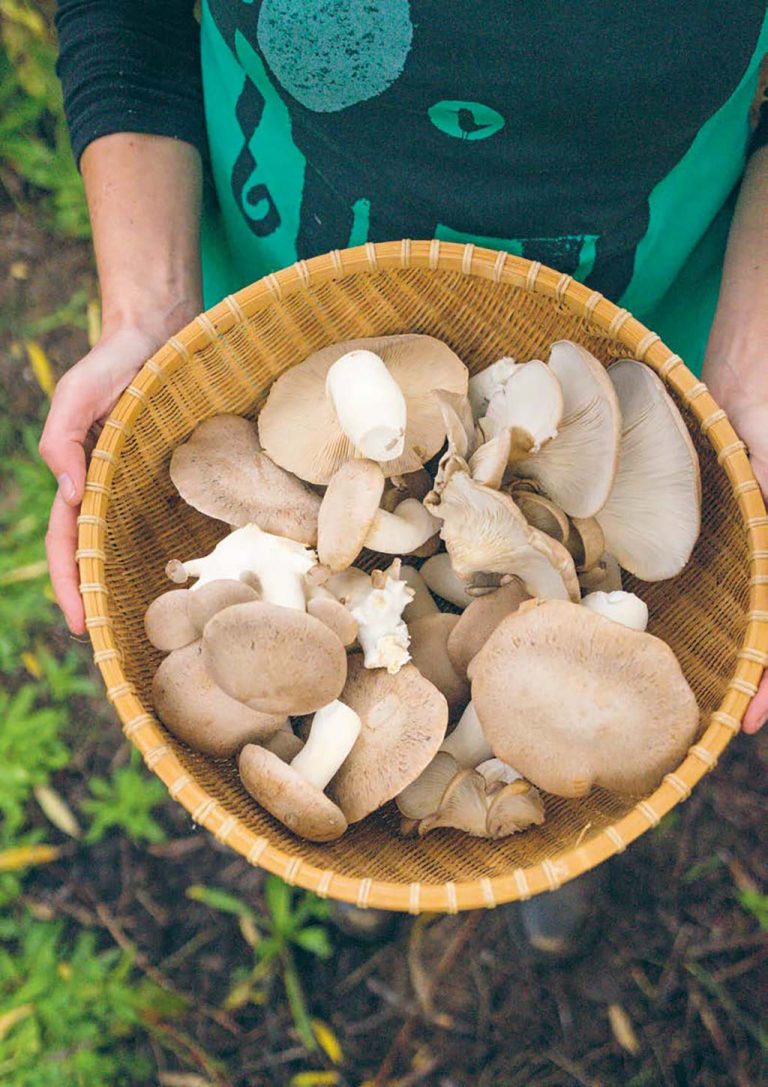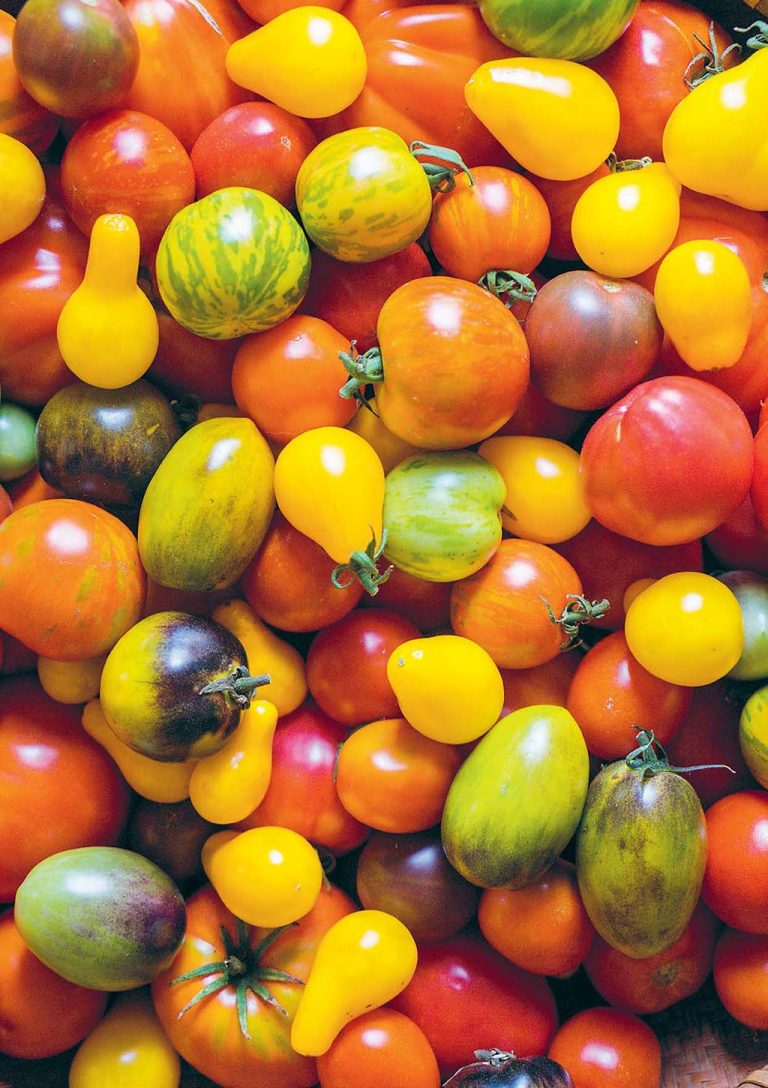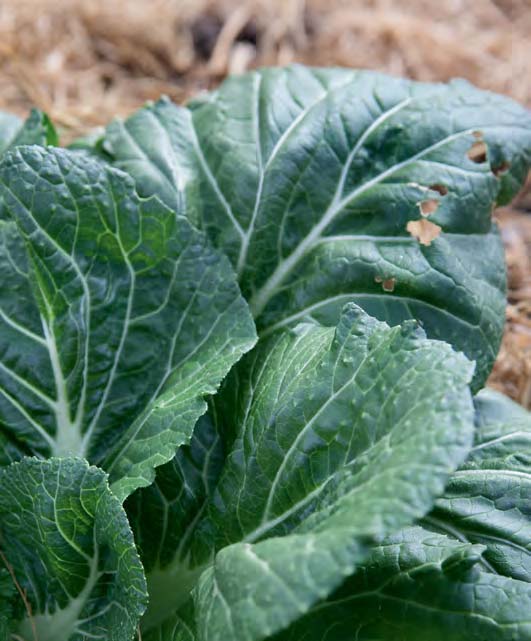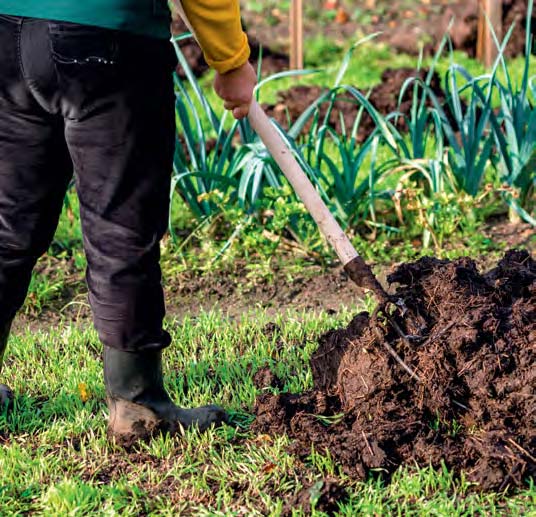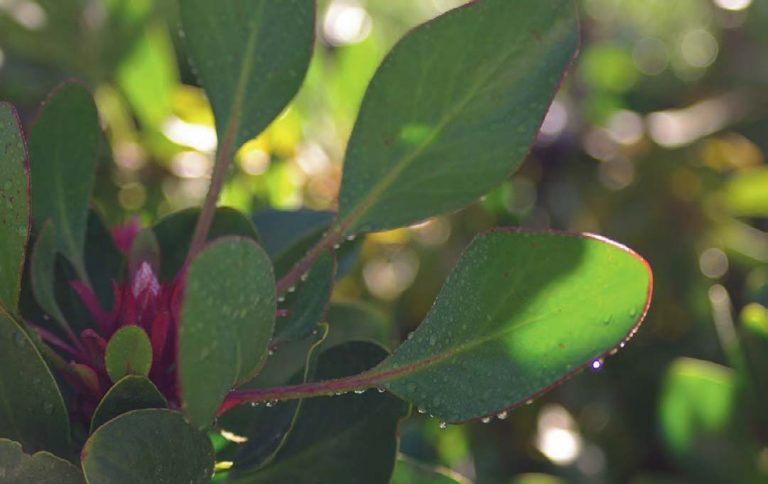Growing Nutrient Dense Food
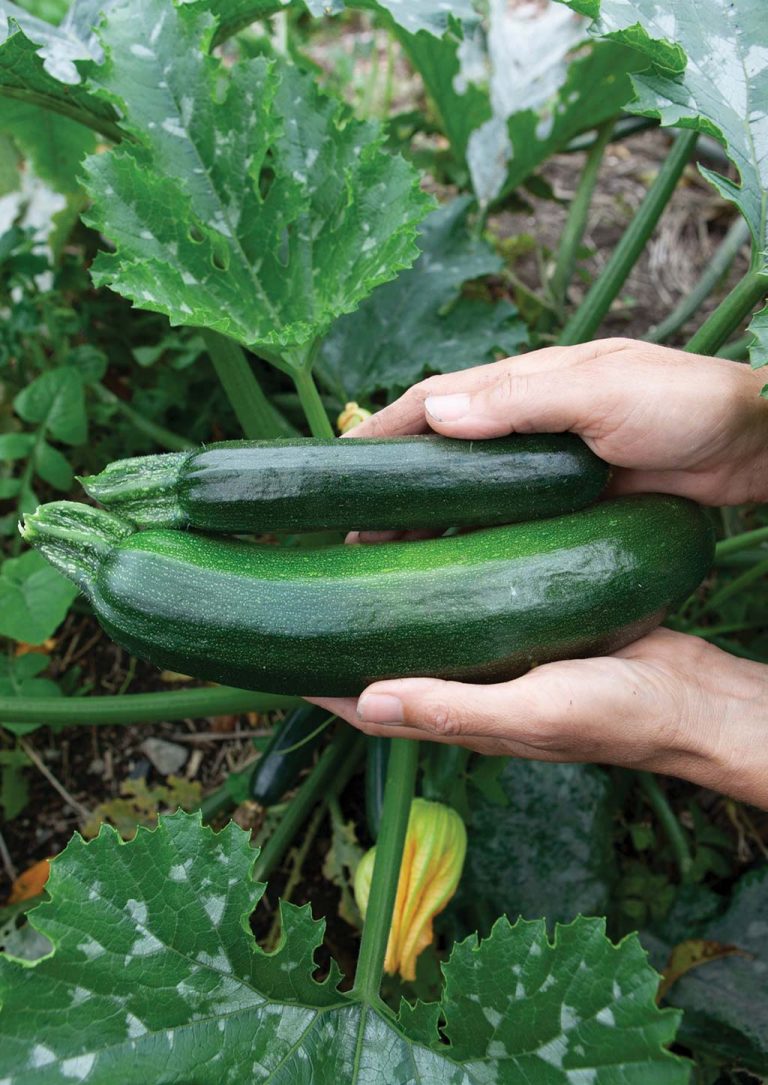
Vegetables, fruits and grains are a major source of vital nutrients, but generations of intensive agriculture have depleted our soils to historical lows. As a result, the broccoli you eat today may have less than half the vitamins and minerals it would have had less than a century ago. We can grow our own vegetables using lots of compost and avoiding chemicals, but how do we really know our soil has enough of the appropriate minerals in the right balance to grow truly nutrient dense food?
Nutrient dense food has its full complement of minerals and is the best kind of food to keep you healthy. For food to be nutrient dense, it must be grown in soil that has an abundant and balanced supply of minerals. If key plant nutrients in the soil are lacking or way out of proportion, then the food produced in this soil will not be nutrient dense.
There is also a biological side to it that is equally important to plant health and ultimate food quality. However you first need to bring the minerals into proper balance, then the soil food web (worms, nematodes, algae, amoeba, fungi, bacteria) comes into healthy balance too. When it comes to micro-life, there is rarely a need to import them. When the soil is favourable to the proper organisms, they will predominate, appearing as if from nowhere. Soil biology can greatly assist the plants in assimilating nutrients, but only after the minerals have been brought into balance.


